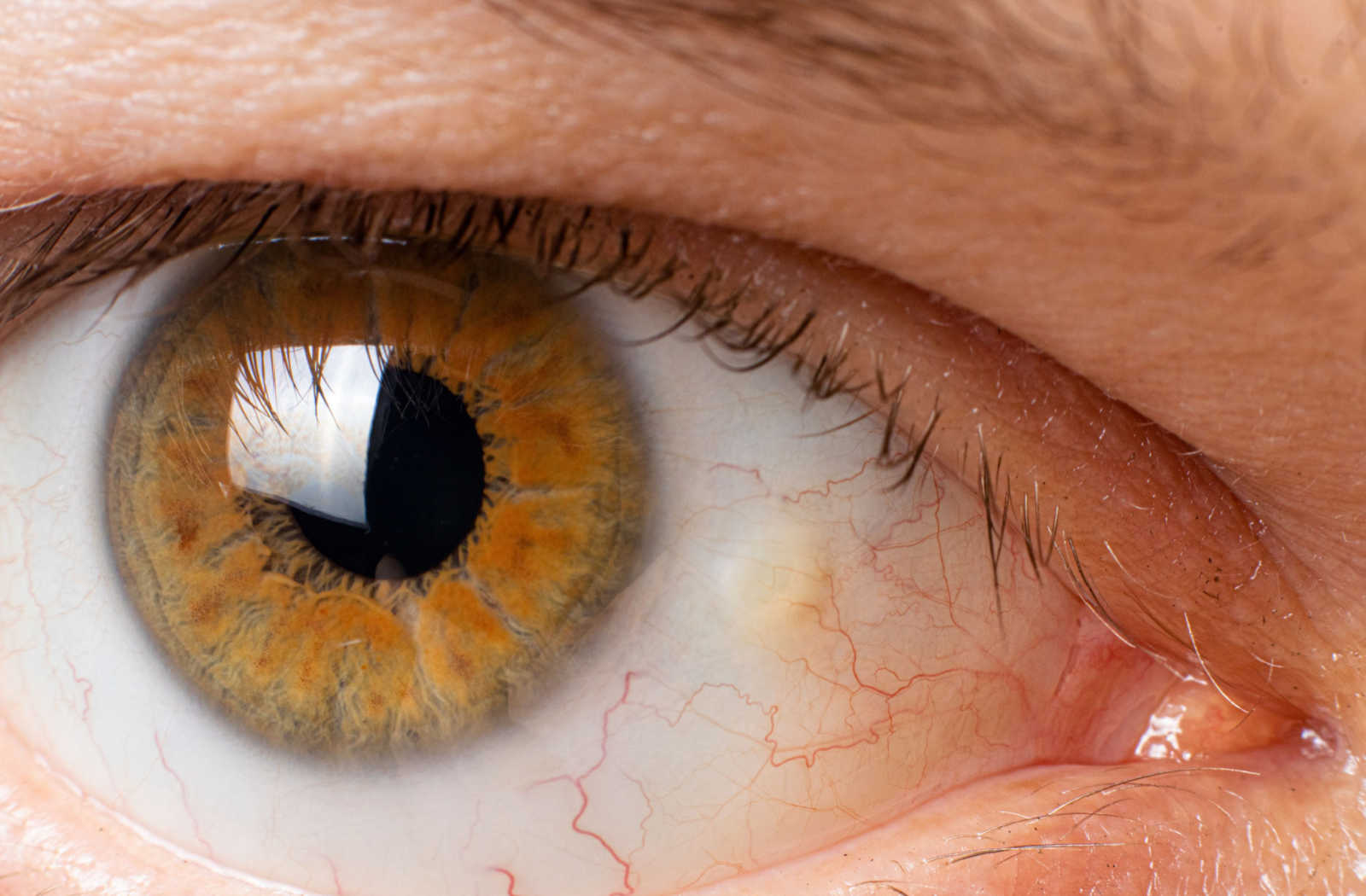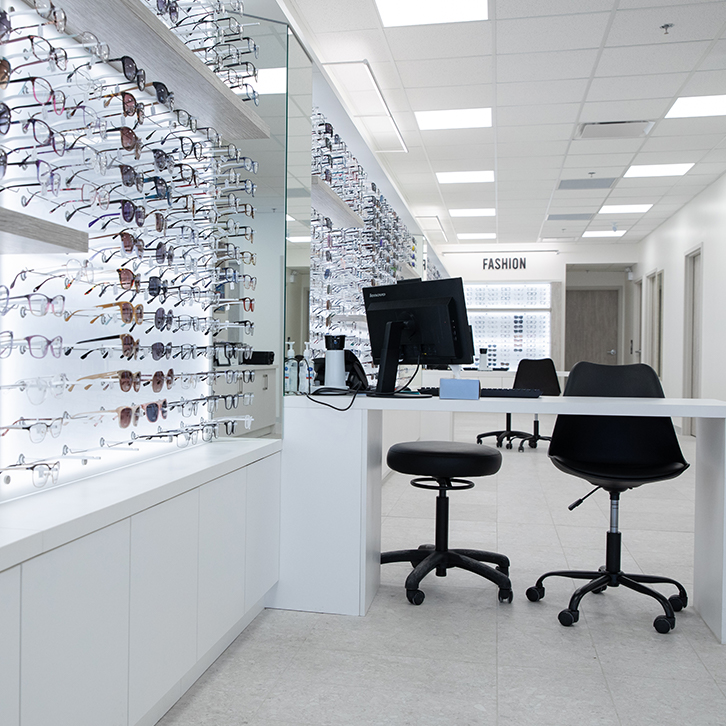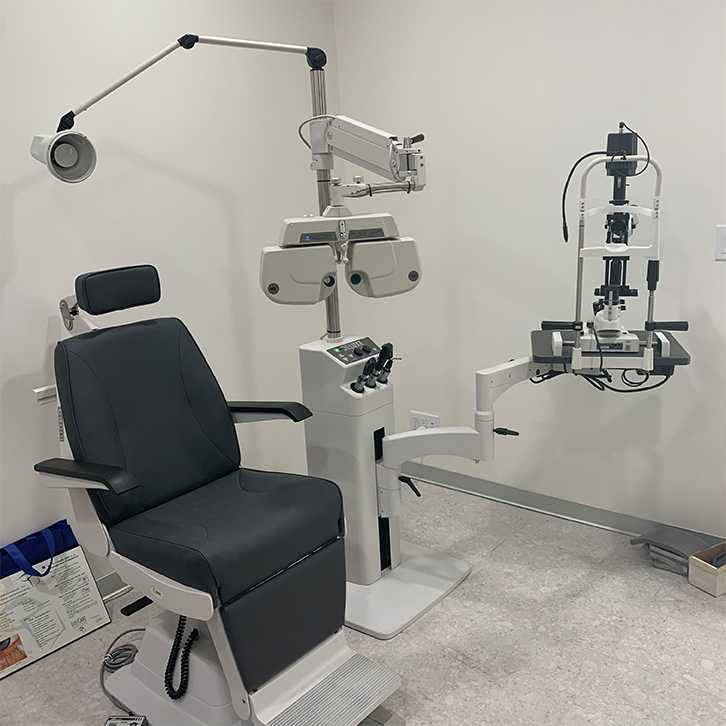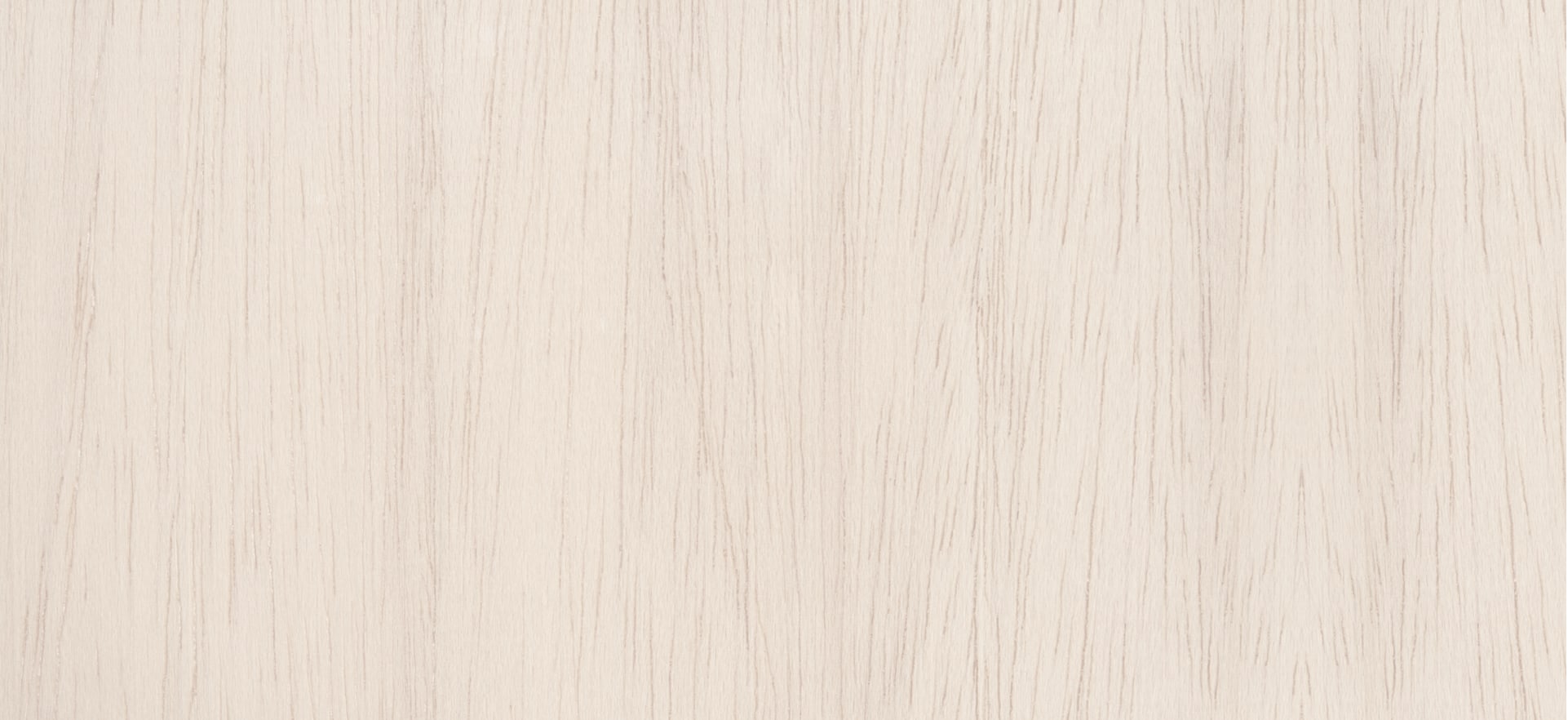If you’ve noticed small yellowish growths in your eyes or raised bumps on your eye surface, you may be experiencing a pinguecula or pterygium. It’s vital to understand that while these growths are commonly harmless, monitoring them to ensure they don’t become a problem down the road is essential.
Pingueculas and pterygiums are both non-cancerous, though some other types of growths in the eye area can be. Assessing your eyes can give you the peace of mind you need and help you understand exactly what’s going on in your eye health.
Pinguecula Explained
A pinguecula is a raised, yellow-coloured growth that appears on the conjunctiva—the clear tissue that covers the white part of your eye. A pinguecula is usually harmless, though it can sometimes cause redness, irritation, and dryness.
A pinguecula is usually composed of a mix of protein, fat, and/or calcium. Sometimes it can be barely noticeable, but it can grow in size over the years. In most cases, a pinguecula doesn’t need to be removed or treated as the growth itself is harmless.
In most cases, your doctor won’t recommend any surgical treatment to remove a pinguecula. Some oral vitamins and lubrication can help prevent growth; however, they aren’t always necessary.
Pterygium Explained
A pterygium is also a growth in the conjunctiva but differs from a pinguecula in how it affects a person’s vision. A pterygium is usually wedge-shaped and raised from the eye surface. In many cases, it doesn’t need to be treated or removed, though if it grows too large, it can cause issues.
Larger pterygium can irritate your eyes and interfere with how tear film spreads across the eye surface. Since the eye surface is raised, some tear film won’t reach the part of the membrane raised by the pterygium. Without proper lubrication, pterygium growth can exacerbate dry eye symptoms and lead to red, itchy, irritated eyes.
In severe cases, a pterygium can interfere with your vision. If the pterygium grows large enough to cover the cornea, it can cause blurry vision in the form of astigmatism. A pterygium can also make it difficult to wear traditional contact lenses due to the raised growth, making them uncomfortable.

Risk of Pingueculas & Pterygiums
The most commonly attributed cause of pingueculas and pterygiums is ultraviolet rays from the sun. These growths are more common in those who spend time outdoors or live in sunny environments.
In addition to the sun, other elements like pollen, sand, smoke, and wind can increase a person’s risk of developing pingueculas and pterygium. When particles from these elements enter the eye, they can irritate the conjunctiva, causing growth.
Treating Pinguecula & Pterygium
A pinguecula usually doesn’t need to be treated as it is non-cancerous and doesn’t interfere with your vision or eye health. A pterygium is also non-cancerous but should be treated when it grows too large, interferes with your vision, or causes discomfort.
If your pterygium is causing redness, dryness, and discomfort, you can use prescription eye drops to reduce inflammation. Your eye doctor can remove the growth surgically in severe cases where a pterygium causes vision loss.
Preventing Pinguecula & Pterygium
It’s crucial to understand how to prevent pingueculas and pterygiums to ensure you protect your eyes from discomfort and potential vision loss due to pterygiums, primarily. If you spend a lot of time outdoors, it’s crucial to wear high-quality sunglasses to protect your eyes from ultraviolet rays.
Sunglasses and other eyewear are also helpful in protecting your eyes from irritating elements like sand, wind, dirt, and smoke. For example, if you work in a dusty environment like on a farm, it’s essential to wear protective eyewear to prevent pingueculas and pterygiums from growing.
Looking After Your Eye Health
If you notice any signs of pingueculas or pterygiums, it’s crucial to get in touch with your eye doctor at Dr. Bishop & Associates to book an assessment. During that assessment, they’ll use their expertise to gain more insight into your pinguecula or pterygium and recommend a course of action.



















